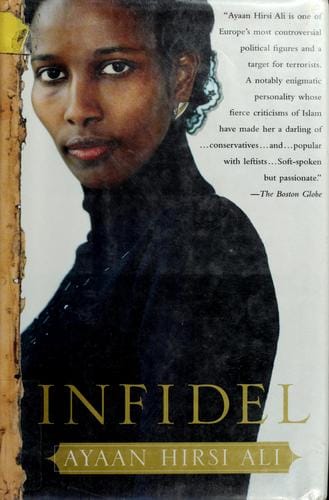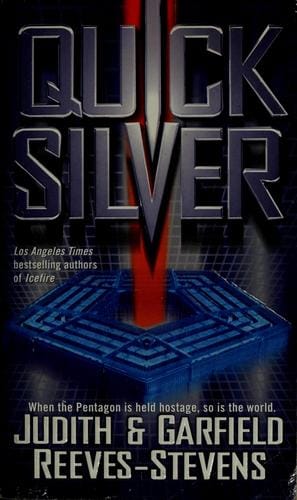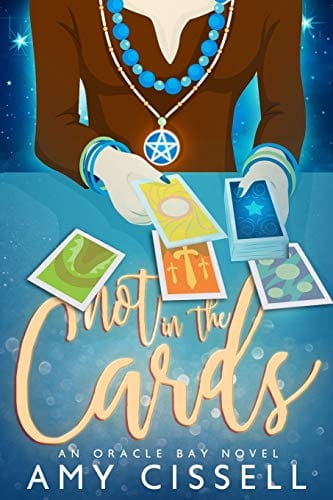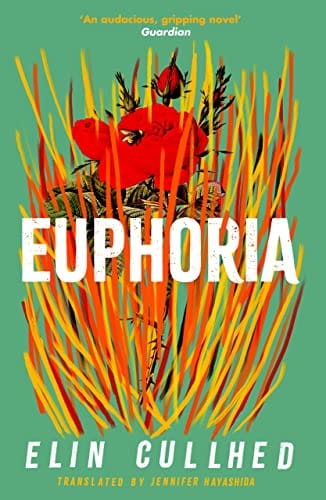Cat & Mouse: From Ancient Chase to Modern Metaphor
Explore the enduring appeal of the cat-and-mouse dynamic, from ancient predation and idioms to pop culture icons, strategy games, and psychological insights.
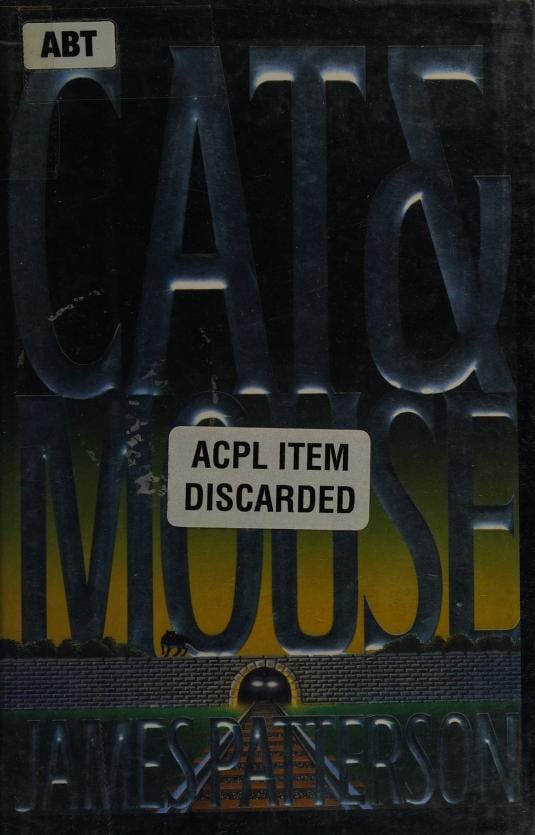
Introduction
The timeless image of a cat stealthily stalking a nimble mouse is so familiar that it has become shorthand for any tense pursuit between two adversaries. Whether you grew up watching animated antics on Saturday mornings or reading suspenseful spy novels, the phrase "cat and mouse" instantly conjures a scenario filled with cunning, patience, and rapid reversals of fortune. But how did this simple predator–prey relationship evolve into a linguistic staple, a strategic framework, and a pop-culture powerhouse? Let’s follow the pawprints through history, language, and entertainment to find out.
The Origins of the Cat & Mouse Dynamic
Natural Predation
Cats have hunted mice for over 9,000 years, ever since wild felines began frequenting early grain-storage settlements. The behavior is more than hunger; it involves play, practice, and instinctive mastery of stealth. For the mouse, survival depends on acute hearing, rapid reflexes, and a surprisingly sophisticated memory for escape routes. This evolutionary arms race laid the groundwork for a narrative that humans would later project onto countless competitive situations.
Early Storytelling
Ancient fables from Egypt, Greece, and China already depict crafty cats and resourceful mice. In Aesop’s "The Cat and the Mice," for instance, rodents hold a midnight council to outwit their feline foe, only to discover that planning is easier than execution. These tales embodied lessons about vigilance, cooperation, and the perils of complacency, ensuring that the cat-and-mouse motif traveled seamlessly from oral tradition to written literature.
Idiomatic Meaning in Language
By the 17th century the English language formally adopted “to play cat and mouse” to describe maneuvering designed to exhaust, deceive, or toy with an opponent before the final coup de grâce. Today the idiom appears in courtrooms, boardrooms, and schoolyards, signifying any prolonged contest where one side alternates pressure and release. Importantly, the phrase centers on psychological leverage rather than brute force; the “cat” wins by controlling tempo and options, while the “mouse” hopes to exploit a fleeting lapse.
Cat & Mouse in Games and Sports
Structured play quickly borrowed the narrative. Field games like tag evolved into "Cat and Mouse" variations in Victorian playgrounds, emphasizing chase, feint, and rescue mechanics that simulate real predation. In modern sports commentary, a boxing match or cycling sprint often becomes "a game of cat and mouse" whenever athletes trade decoys and sudden bursts of effort. The pattern is so archetypal that spectators instinctively understand the stakes: endurance versus surprise.
Strategic Board and Video Games
From the asymmetrical board game "Scotland Yard" to stealth-heavy video titles like "Metal Gear Solid," designers build entire rule sets around hunter-and-hunted dynamics. Players experience both roles, learning that information, timing, and misdirection often outweigh raw strength. Esports coaches even analyze "cat and mouse phases" to describe map control or economy denial, highlighting how a primal chase informs 21st-century strategy.
Pop Culture Representations
No discussion is complete without addressing entertainment’s most famous feline and rodent. Since 1940, "Tom and Jerry" shorts have showcased slapstick loops of pursuit and escape, each episode renewing the cycle with fresh contraptions and comic mayhem. The formula demonstrated such universal appeal that it crossed language barriers, spawning reboots, films, and merchandising empires.
Cartoons That Defined the Trope
Beyond Tom and Jerry, characters like Itchy & Scratchy ("The Simpsons") parody the trope by exaggerating its violence, while "CatDog" playfully merges predator and prey in one surreal body. These cartoons keep the concept vivid for new generations, ensuring the phrase “cat and mouse” remains immediately intelligible.
Thriller Films and Crime Novels
Directors and novelists exploit the idiom for suspense. Alfred Hitchcock’s "Strangers on a Train" and Thomas Harris’s "Red Dragon" revolve around investigators and killers engaged in cerebral pursuit. The tension hinges on near misses and double bluffs, mirroring the moment a real mouse freezes inches from a cat’s poised claw. Marketing copy routinely invokes the phrase because audiences instinctively anticipate twists and escalating stakes.
Psychological and Strategic Lessons
Studying the cat-and-mouse model yields practical insights. Negotiators learn to vary rhythm—alternating concessions with firm stances—to keep counterparts off-balance. Cyber-security teams adopt a “moving target defense,” constantly altering system surfaces so hackers become the mice in a shifting maze. Even personal productivity gurus advise "catching" procrastination early before it darts into hidden corners of the day.
Conclusion
From dusty granaries to digital arenas, the saga of cat versus mouse endures because it resonates with our deepest competitive instincts. It dramatizes the eternal dance between power and agility, patience and opportunism, hunter and hunted. The next time you watch a nail-biter sports final, negotiate a contract, or binge a thriller, listen for that familiar phrase. Odds are you’ll recognize the unmistakable echo of padded paws and squeaking footsteps in every cliffhanger moment.
